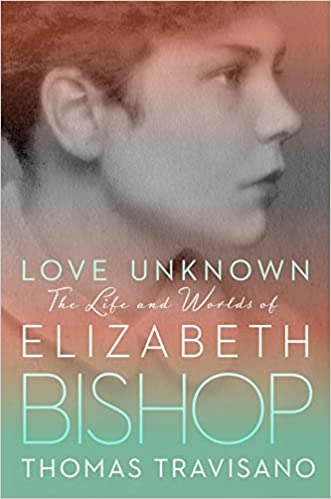Reading Level
What is the reading level of Love Unknown: The Life and Worlds of Elizabeth Bishop?
Analysing the books in the series, we estimate that the reading level of Love Unknown: The Life and Worlds of Elizabeth Bishop is 11th and 12th grade.
Expert Readability Tests for
Love Unknown: The Life and Worlds of Elizabeth Bishop
| Readability Test | Reading Level |
|---|---|
| Flesch Kincaid Scale | Grade 11 |
| SMOG Index | Grade 12 |
| Coleman Liau Index | Grade 11 |
| Dale Chall Readability Score | Grade 6 |
Reading Time
9 hrs 41 mins
How long to read Love Unknown: The Life and Worlds of Elizabeth Bishop?
The estimated word count of Love Unknown: The Life and Worlds of Elizabeth Bishop is 145,235 words.
A person reading at the average speed of 250 words/min, will finish the book in 9 hrs 41 mins. At a slower speed of 150 words/min, they will finish it in 16 hrs 9 mins. At a faster speed of 450 words/min, they will finish it in 5 hrs 23 mins.
| Love Unknown: The Life and Worlds of Elizabeth Bishop - 145,235 words | ||
|---|---|---|
| Reading Speed | Time to Read | |
| Slow | 150 words/min | 16 hrs 9 mins |
| Average | 250 words/min | 9 hrs 41 mins |
| Fast | 450 words/min | 5 hrs 23 mins |
- Authors
-
Thomas Travisano
More about Love Unknown: The Life and Worlds of Elizabeth Bishop
145,235 words
Word Count
for Love Unknown: The Life and Worlds of Elizabeth Bishop
432 pages
Pages
15 hours and 37 minutes
Audiobook length
Description
An illuminating new biography of one of the greatest American poets of the twentieth century, Elizabeth Bishop"Love Unknown points movingly to the many relationships that moored Bishop, keeping her together even as life—and her own self-destructive tendencies—threatened to split her apart.” —The Wall Street Journal Elizabeth Bishop's friend James Merrill once observed that "Elizabeth had more talent for life—and for poetry—than anyone else I've known." This new biography reveals just how she learned to marry her talent for life with her talent for writing in order to create a brilliant array of poems, prose, and letters—a remarkable body of work that would make her one of America's most beloved and celebrated poets. In Love Unknown, Thomas Travisano, founding president of the Elizabeth Bishop Society, tells the story of the famous poet and traveler's life. Bishop moved through extraordinary mid-twentieth century worlds with relationships among an extensive international array of literati, visual artists, musicians, scholars, and politicians—along with a cosmopolitan gay underground that was then nearly invisible to the dominant culture. Drawing on fresh interviews and newly discovered manuscript materials, Travisano illuminates that the "art of losing" that Bishop celebrated with such poignant irony in her poem, "One Art," perhaps her most famous, was linked in equal part to an "art of finding," that Bishop's art and life was devoted to the sort of encounters and epiphanies that so often appear in her work.
